
In this article, Hadrien PUCHE (ESSEC Business School, Grande École Program, Master in Management, 2023-2027) comments on Warren Buffett’s famous quote about the fundamental difference between price and value, and discusses how this distinction remains crucial for modern investors navigating today’s volatile markets.
About Warren Buffett
Warren Buffett is the chairman and CEO of Berkshire Hathaway, a financial holding company. He is widely considered one of the most successful long-term investors in history, known for his value-driven approach. Buffett often praised patience and a deep understanding of the intrinsic value of companies over speculation and short-term trends.
Warren Buffett
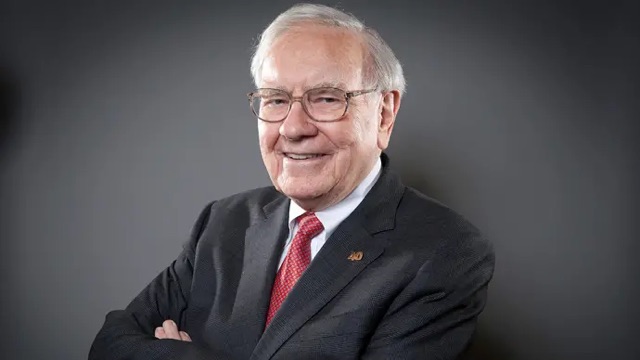
Source: Wikimedia Commons
About the quote
This quote, “price is what you pay, value is what you get”, is often attributed to Warren Buffett and is sometimes said to originate from one of his 1987 shareholder letters. However, its first verifiable appearance is in his 2008 shareholder letter, where Buffett uses it to emphasize the timeless lesson he learned from Benjamin Graham. The quote perfectly captures the essence of value investing, the philosophy that made Buffett so successful.
“Additionally, the market value of the bonds and stocks that we continue to hold suffered a significant decline along with the general market. This does not bother Charlie and me. Indeed, we enjoy such price declines if we have funds available to increase our positions. Long ago, Ben Graham taught me that ‘Price is what you pay; value is what you get.’ Whether we’re talking about socks or stocks, I like buying quality merchandise when it is marked down.”
(Warren E. Buffett, Berkshire Hathaway Shareholder Letter, 2008)
Analysis of the quote
Buffett’s quote highlights a key idea in both economics and finance: the difference between the price of an asset and its actual value.
The price is simply what you pay in a transaction, reflecting a market consensus at a specific moment in time. The value, however, is the abstract idea of the true worth of an asset, based on its capacity to generate future cash flows for its owner.
Buffett points out that market movements are largely shaped by human behavior, especially fear and greed, which can cause assets to be mispriced. The essence of long-term investing lies in identifying these inefficiencies and using them to build wealth over time.
Benjamin Graham, Buffett’s mentor, often illustrated this idea with the allegory of Mr. Market: a moody business partner who offers to buy or sell his stake in your company at changing prices every day. Sometimes he’s euphoric and offers too much, sometimes he’s depressed and offers too little. A wise investor listens politely, but never lets Mr. Market influence his view of the company.
Financial concepts related to the quote
We can relate this quote to three financial concepts: Intrinsic value, Efficient Market Hypothesis, and Market cycles.
Intrinsic value
The concept of intrinsic value suggests that any item can be given a “true worth”, based on its fundamentals: profits, growth, and overall future cash flows.
Models like the Discounted Cash Flow (DCF) analysis help investors estimate this value, by projecting how much cash an asset will generate and discounting it back to today’s money. Cash flows represent the real money a business produces — not just accounting profits, but the actual funds available to reinvest, repay debt, or distribute to shareholders.
The formula for the present value (PV) of a series of cash flows, denoted by CFt, discounted with the discount rate r, is given by:
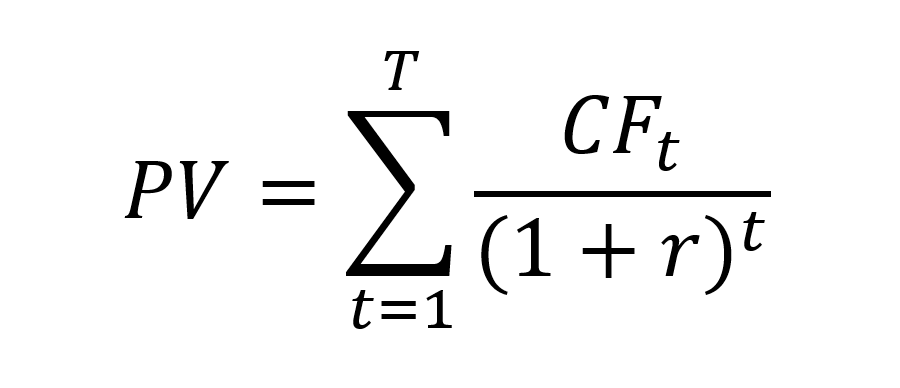
The discount rate reflects both the time value of money — the idea that a euro today is worth more than a euro tomorrow, and the risk attached to the investment. The riskier the cash flows, the higher the discount rate investors will apply, and therefore the lower the intrinsic value. Understanding both the amount and the uncertainty of future cash flows is essential to determining what a company is truly worth.
Buffett’s philosophy is simple: always make investment decisions when you understand the intrinsic value and are therefore able to make informed and rational choices.
Efficient Market Hypothesis
According to the Efficient Market Hypothesis (EMH), formalized by Eugene Fama in 1970, asset prices in perfectly competitive markets instantly reflect all available information, implying that price always equals value.
However, value investing strongly challenges this idea. Markets often misprice assets, at least temporarily. Behavioral biases such as overconfidence, herd behavior or the tranquility paradox (a behavioral bias where prolonged stability increases risk-taking) can lead market prices to diverge from fundamentals, allowing some investors to buy undervalued assets and achieve superior long-term returns.
Market cycles
It is often believed that market prices move in cycles, driven by alternating periods of optimism and pessimism. When prices increase, investors are more optimistic and keep buying, pushing prices even higher. When prices start decreasing, investors start selling. All of this often happens without any major changes in the intrinsic value of the underlying companies.
Understanding these cycles may allow investors to act counter-cyclically: to buy when others are afraid and sell when they are greedy. Recognizing the difference between market emotion and fundamental value is what separates value investors from speculators.
My opinion about this quote
I believe that this quote is often forgotten by many investors. With the democratization of trading apps and financial content on social media, anyone can trade, but not many understand what they are doing.
I find value investing particularly challenging in today’s market. Take Nvidia as an example: as of 2025, the company is a global leader in graphics processing units (GPUs) and AI computing. With a Price-to-Earnings ratio around 51, can its intrinsic value truly justify a $4 trillion market capitalization? Perhaps, if you believe that the AI ecosystem will sustain the massive profits investors currently expect, but there is no doubt that the stock is currently expensive.
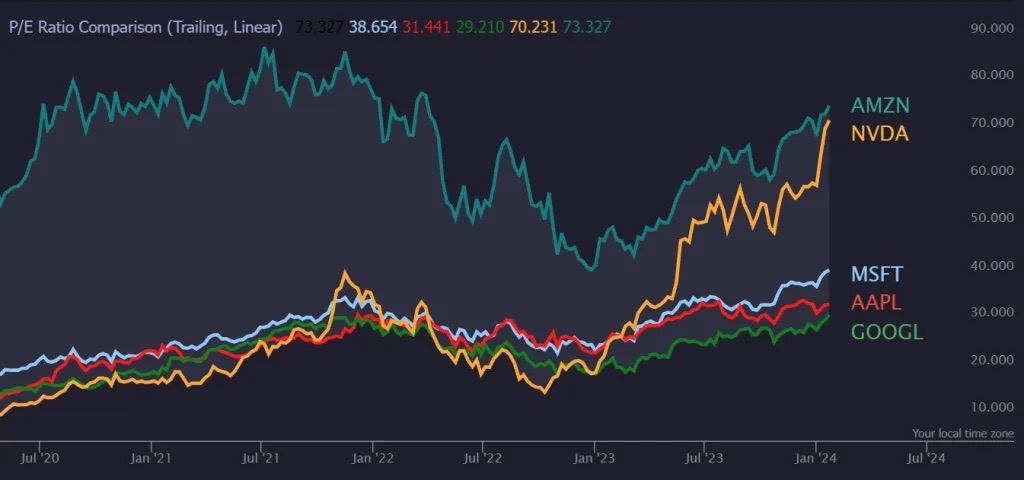
The challenge of identifying true value is not new : a historical parallel can be drawn with the dot-com bubble of the late 1990s, when companies with minimal earnings, like pets.com and America Online, saw sky-high valuations, that perhaps were disconnected from their actual values. Such episodes should remind investors of the importance of nuancing enthusiasm with careful analysis.
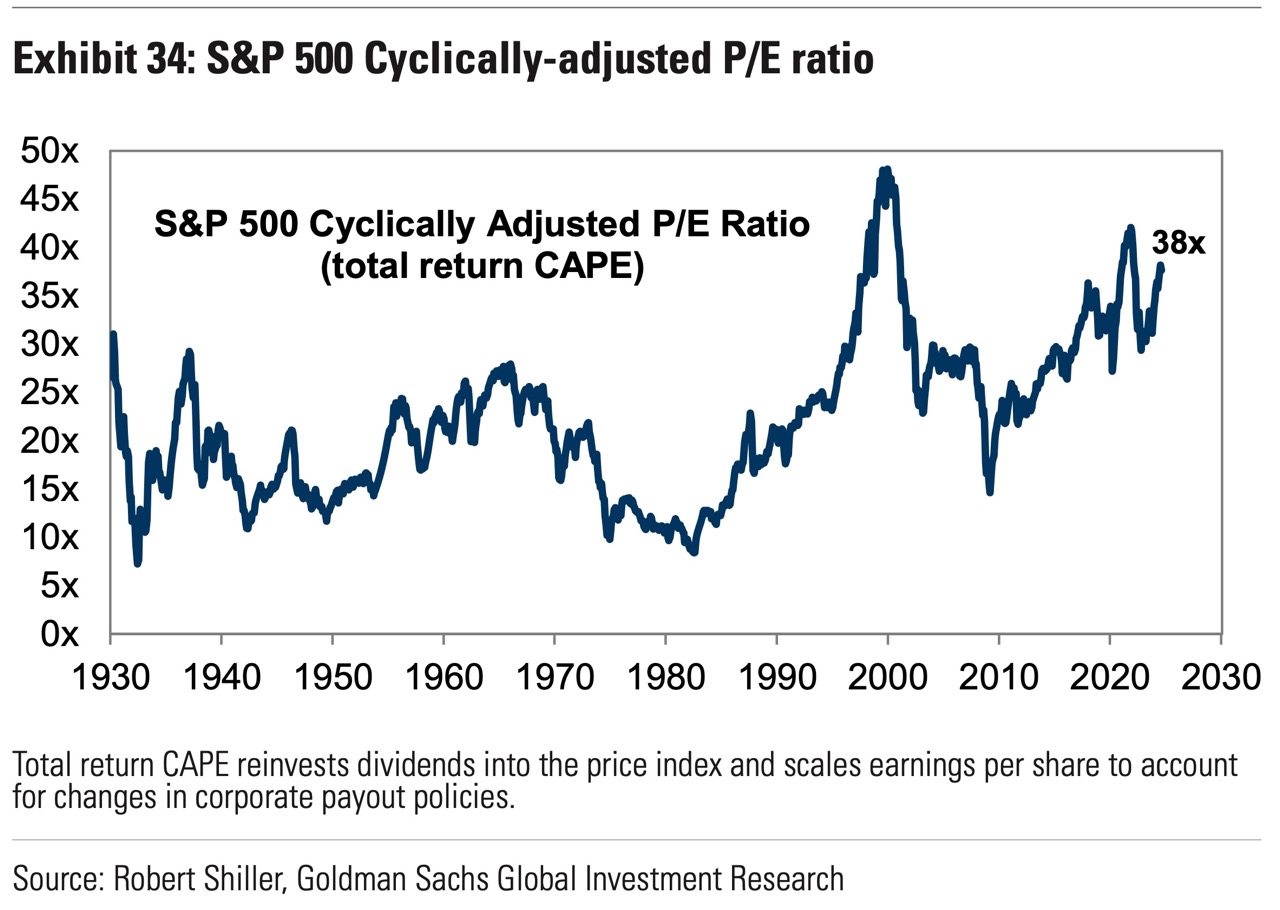
The point isn’t to be pessimistic, but to make every investment decision with a clear and well-reasoned understanding of the underlying business and how it will evolve.
A similar question arises with Bitcoin. What is one Bitcoin worth? The only serious answer to this question is that one Bitcoin is worth whatever someone else is willing to pay for it. Value investors, like Buffett, avoid these hype-driven assets and choose to focus on assets that have fundamentals they can understand.
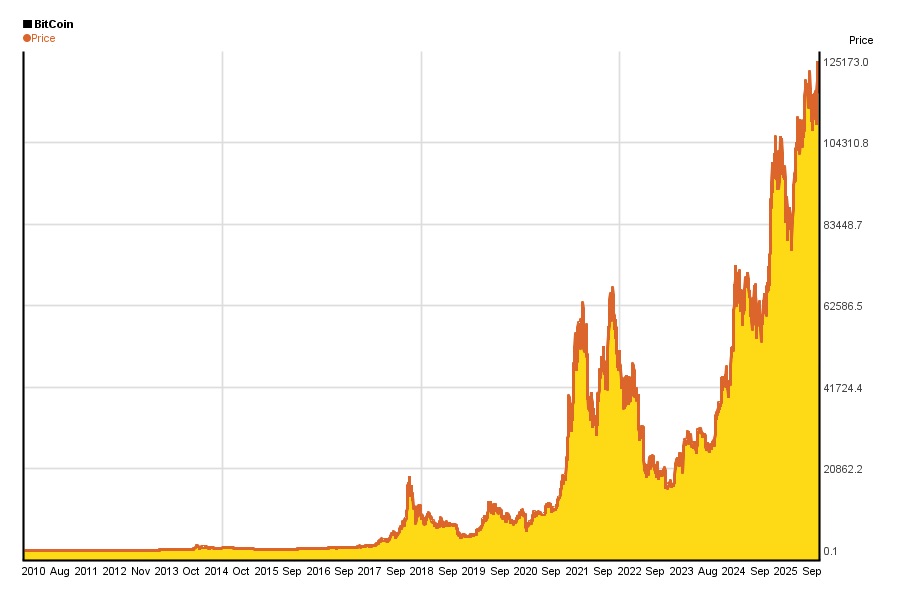
Why should you be interested in this post?
This quote offers a timeless lesson for anyone studying or working in finance: investing is all about discipline, critical thinking, and analytical rigor.
Whether you want to work in trading, M&A, private equity, private debt, asset management, or any other financial field, understanding the distinction between price and value is essential.
As a final thought, you may find it very interesting to apply this principle to your own career choices. Look beyond appearances and seek roles that align with your long-term values and curiosity.
Related posts on the SimTrade blog
Useful resources
Business
Warren Buffett (2024) Warren Buffett’s 2024 letter to investors, Berkshire Hathaway.
Academic research
Fama E. (1970) Efficient Capital Markets: A Review of Theory and Empirical Work, Journal of Finance, 25, 383-417.
Fama E. (1991) Efficient Capital Markets: II Journal of Finance, 46, 1575-617.
Hou K., H. Mo, L. Zhang (2017) The Economics of Value Investing, NBER Working paper 25563.
About the author
The article was written in October 2025 by Hadrien PUCHE (ESSEC Business School, Grande École Program, Master in Management, 2023-2027).
